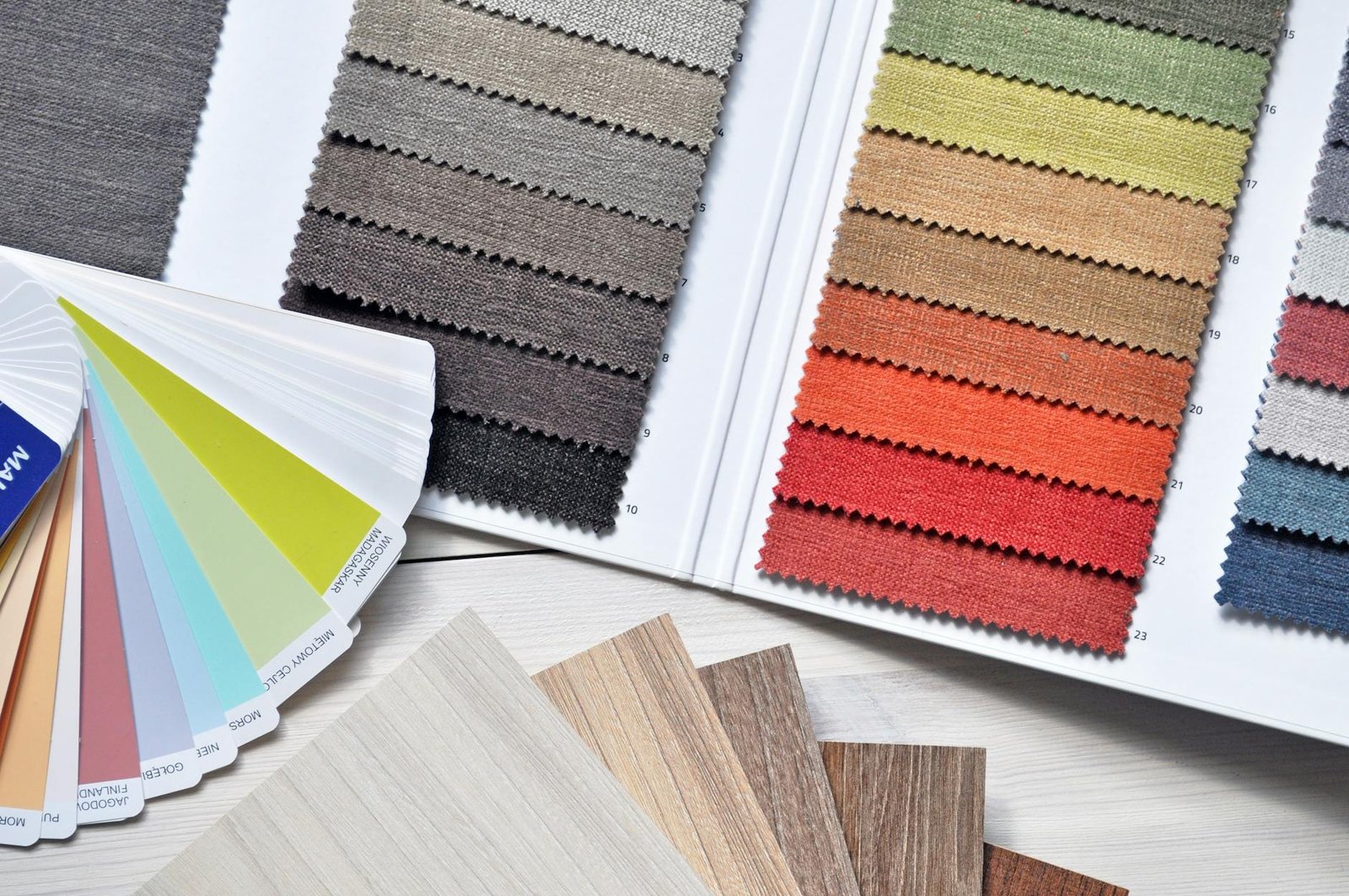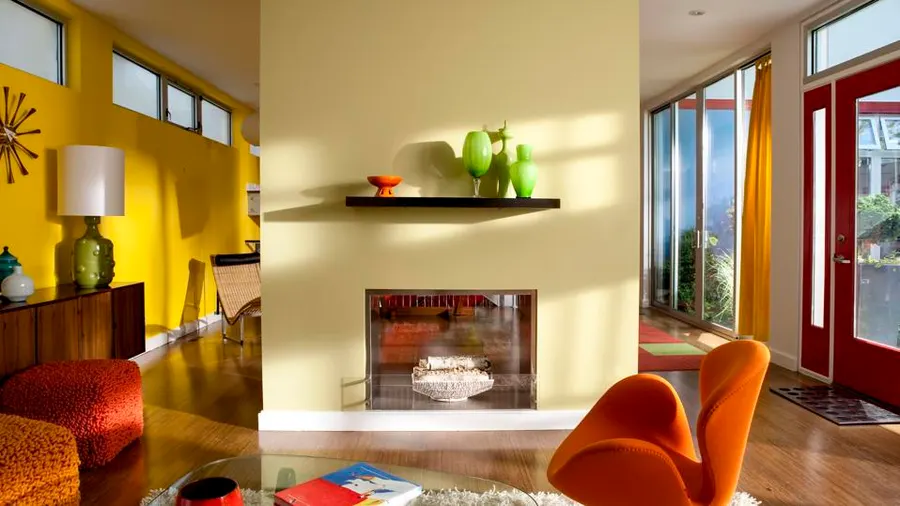How to Choose the Right Color Palette for Your Home
Choosing the right color palette is a crucial step in creating a harmonious and inviting atmosphere in your home. Whether you’re refreshing a room or planning a complete makeover, understanding color psychology and design principles can help you select colors that reflect your personality, enhance mood, and create visual harmony. Here’s a guide to help you choose the perfect color palette for your home.
1. Understand Color Psychology
Key Concepts:
- Warm vs. Cool Tones: Warm colors like reds, yellows, and oranges evoke energy and coziness, while cool colors like blues, greens, and purples promote calmness and relaxation.
- Neutral Colors: Whites, grays, and beiges serve as versatile backdrops that can complement any color scheme and create a timeless look.
- Accent Colors: Bold hues like deep blues, vibrant greens, or rich burgundies add personality and focal points to a room.
2. Consider the Mood and Atmosphere
Setting the Tone:
- Room Function: Tailor color choices to the room’s purpose—choose soothing tones for bedrooms, energizing colors for kitchens, and inviting hues for living areas.
- Natural Light: Evaluate how natural and artificial light affect color perception and choose shades that maintain their intended mood throughout the day.
3. Coordinate with Existing Elements
Harmonizing Colors:
- Fixed Elements: Consider existing furniture, flooring, and architectural features when selecting colors to ensure cohesion and balance.
- Color Wheel Basics: Use complementary colors (opposite on the color wheel) or analogous colors (adjacent on the color wheel) for harmonious combinations.

4. Test Samples in Different Lighting
Practical Testing:
- Paint Samples: Apply small samples of paint on walls and observe how colors appear in various lighting conditions—morning light, afternoon sunlight, and evening artificial light.
- Virtual Tools: Use online tools or apps that simulate different lighting scenarios to preview how colors will look before making a final decision.
5. Embrace Personal Style and Trends
Expressing Individuality:
- Personal Preferences: Choose colors that resonate with your personal taste and style preferences, whether you prefer timeless classics or current trends.
- Longevity: Balance trendy colors with timeless neutrals to ensure your home remains stylish and appealing for years to come.
6. Create Visual Flow Between Spaces
Seamless Transitions:
- Color Continuity: Use a consistent color palette throughout interconnected spaces to create a sense of flow and unity.
- Transition Shades: Gradually shift hues or intensities to differentiate rooms while maintaining overall coherence.
7. Experiment with Texture and Finish
Adding Depth:
- Textured Surfaces: Explore textured paints, wallpapers, or fabrics to add depth and visual interest to walls or accent features.
- Finish Variations: Consider matte, satin, or glossy finishes to enhance how light interacts with different surfaces and amplify the richness of chosen colors.
8. Seek Inspiration from Nature and Design Trends
Inspirational Sources:
- Natural Palettes: Draw inspiration from natural landscapes, seasonal changes, or favorite outdoor settings for timeless color combinations.
- Design Trends: Stay informed about current interior design trends for innovative color pairings and fresh perspectives.
9. Balance Boldness with Restraint
Finding Equilibrium:
- Statement Colors: Introduce bold colors sparingly as accents or focal points to avoid overwhelming visual impact.
- Monochromatic Schemes: Experiment with varying shades of a single color for a sophisticated and cohesive look that exudes understated elegance.
10. Trust Your Instincts and Enjoy the Process
Personal Reflection:
- Final Decision: Trust your instincts and choose colors that evoke positive emotions and resonate with your vision for a comfortable and inviting home.
- Consultation: Seek advice from interior design professionals or color experts for additional guidance and insights tailored to your specific needs.
Conclusion
Choosing the right color palette for your home is an exciting opportunity to personalize your living space and create an environment that reflects your style, enhances mood, and promotes well-being. By considering color psychology, coordinating with existing elements, and experimenting with textures and finishes, you can design a home that is both visually appealing and functionally comfortable. Whether you opt for soothing neutrals, vibrant accents, or a blend of both, let your creativity and personal preferences guide you towards creating a home that feels uniquely yours.



